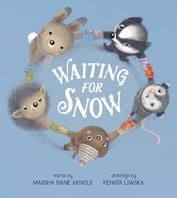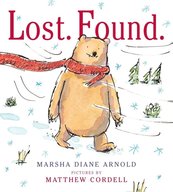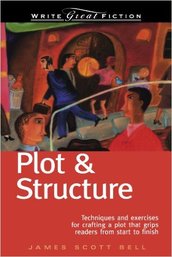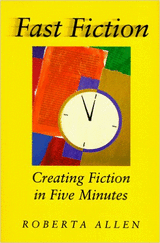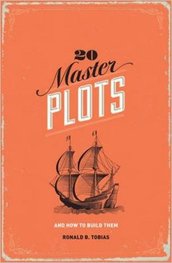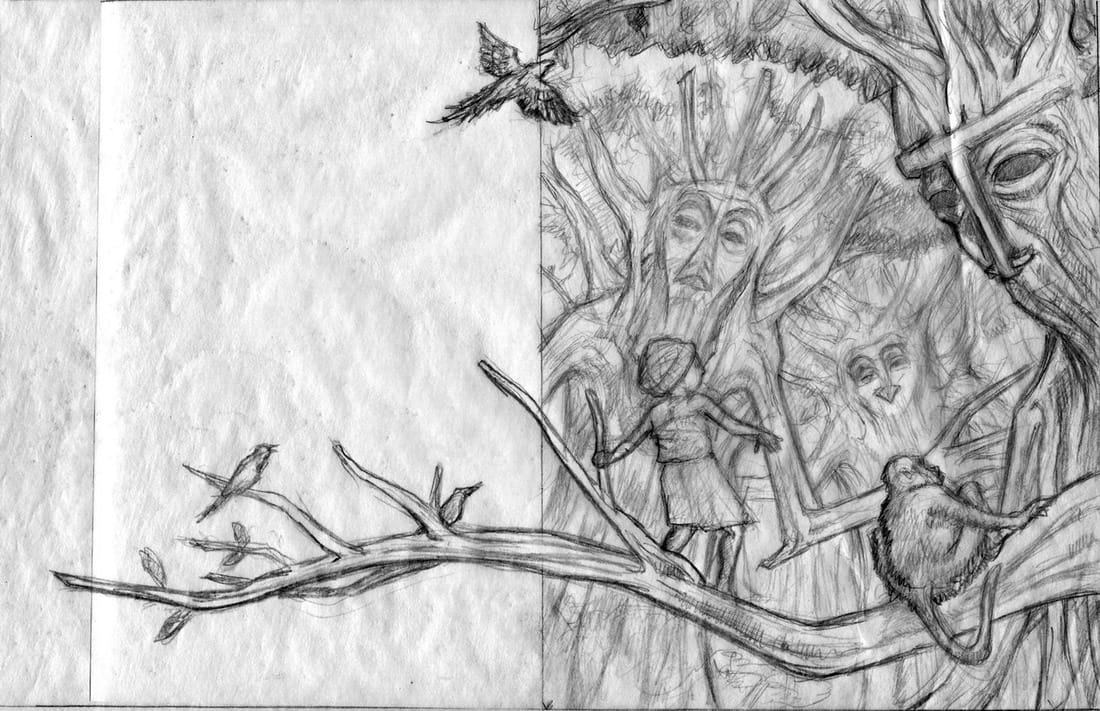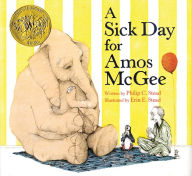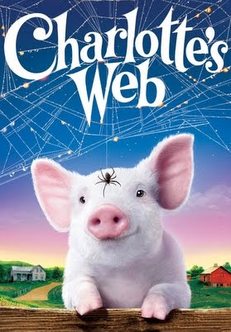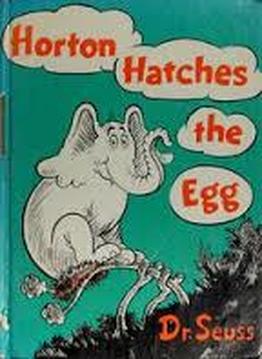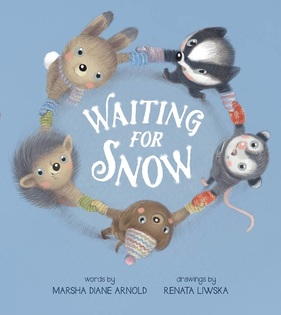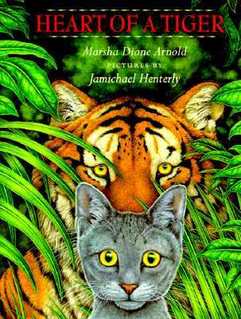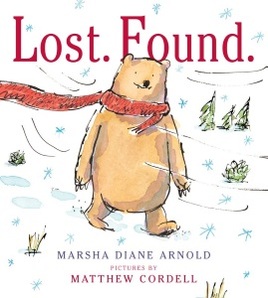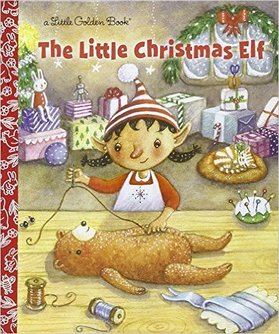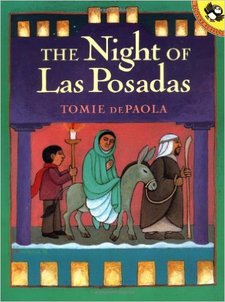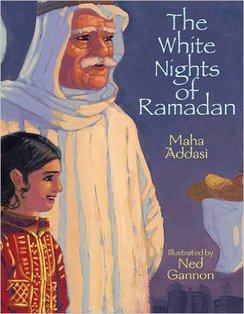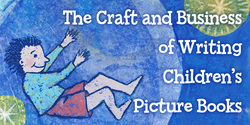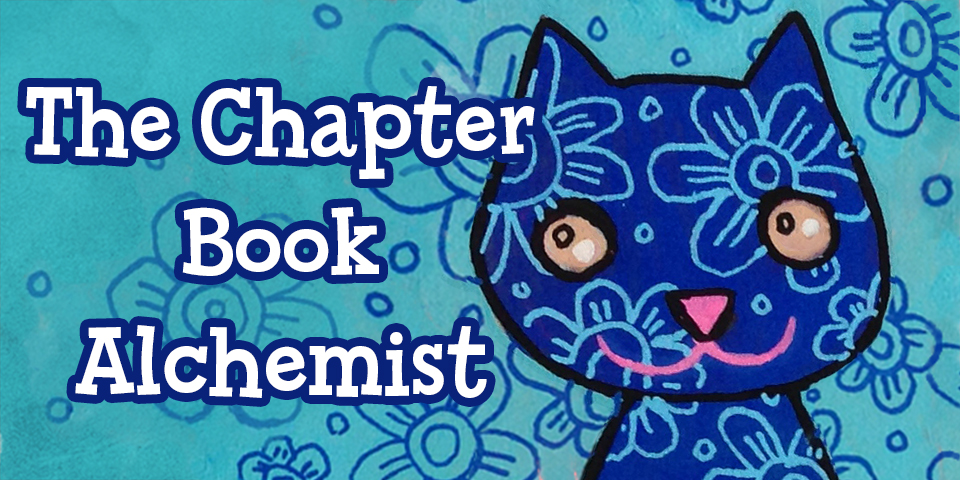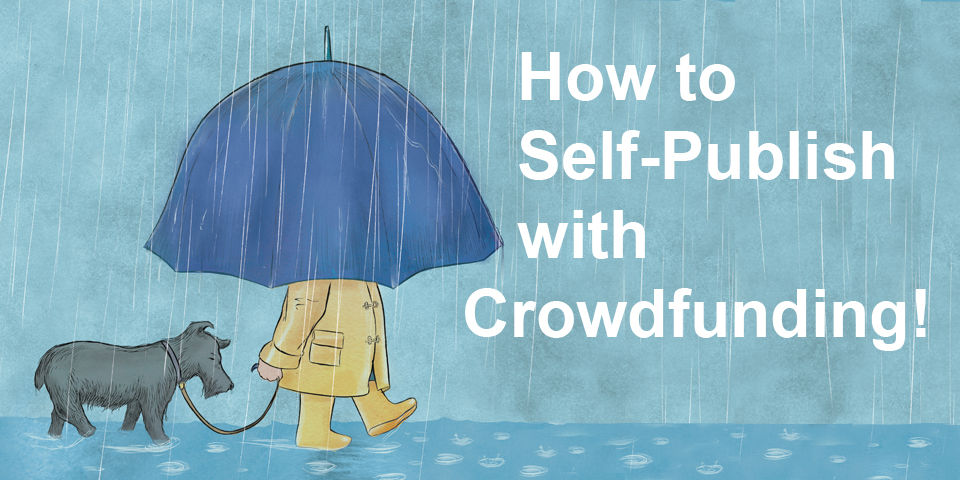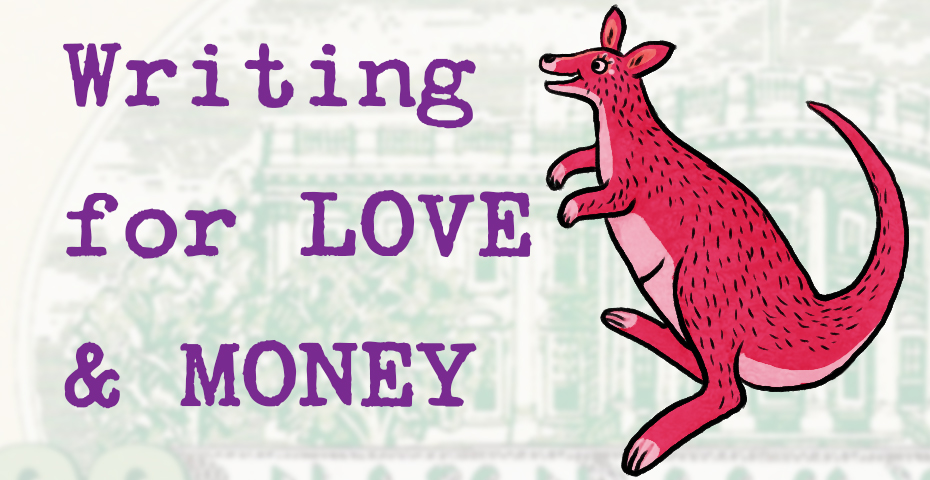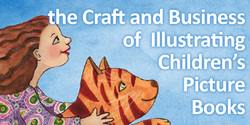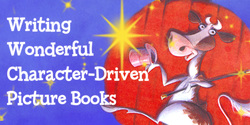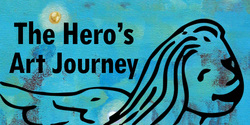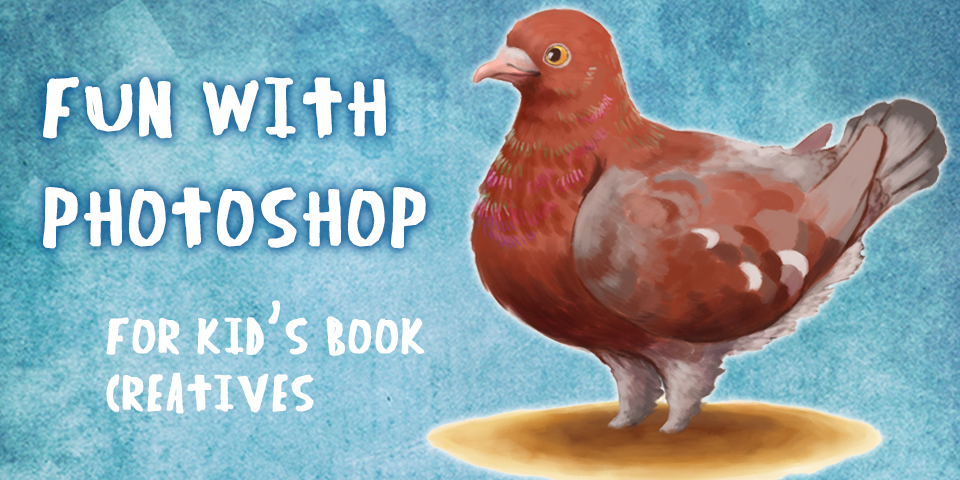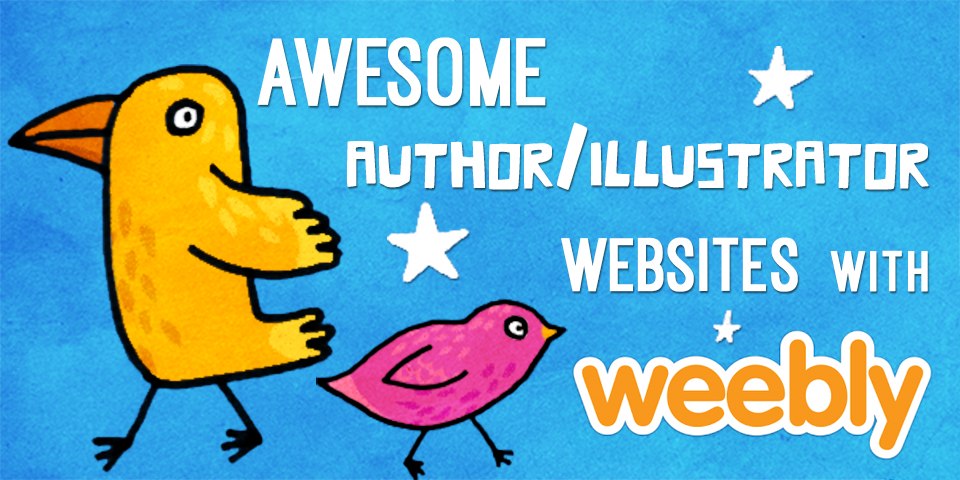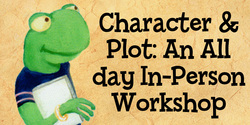|
Friends. It’s one of the most common themes in children’s picture books. In fact, it’s so common, it might even be considered overdone. “Not another book about friendship!” Yet friends are always in fashion. Some people like lots of friends, others enjoy just one special friend. But we all need friends at some time in our life: someone to spend time with, someone to have adventures with, someone who always “has your back.” As James Taylor wrote in the song You’ve Got A Friend, “You just call out my name, and you know wherever I am, I’ll come running...to see you again.” Although it might be a challenge, there are always new ways to write about a subject. Over the holidays, I discovered three new books about friendship that are excellent examples of this. 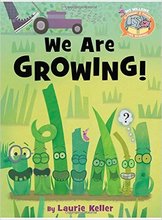 We Are Growing, by Laurie Keller and Mo Willems, is delightful and distinctive. Eight blades of grass are growing, all in their unique, friendly way. Each blade is special in some way as are all of us. Afterall, “We are all the SOMETHING-EST.” 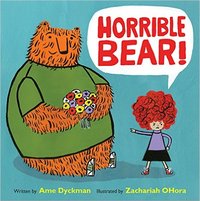 Horrible Bear by Ame Dyckman and illustrated by Zachariah OHora is a book I was not initially drawn to. The title disturbed me. You will never see a book from me titled Nasty Nan or Mean Little Gene (Hey! That last one’s kind of good.). Just not my style. But I kept hearing praise for the book and when I did read it, I applauded. First, the illlustrations and text work so well together, supporting each other as they tell the tale. The girl shouts “Horrible Bear,” but Bear is not horrible and the thought of revenge grew in his soul. An accident drew them apart. Another accident drew them together and allowed them to ‘patch things up,’ something all friends must learn to do. 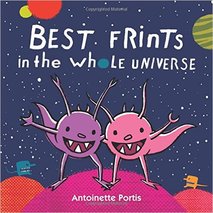 Then there’s the totally imaginative, totally wonderful Best Frints in the Whole Universe. It portrays the ins and outs of friendship on planet Boborp. They are surprisingly similar to those on Earth. Author/illustrator Antoinette Portis has even created a Boborp language. To me, it’s always a bonus when there’s a depth to a friend picture book. I think...I hope...that my last two friend books have that depth: Lost. Found. with Bear bringing quarreling woodland creatures and an unraveled scarf together, and Waiting for Snow where friends support and wait with Badger until the first snowflake arrives. Friend stories always manage to snuggle their way into our minds and our work. I’m actually completing two new “friend” manuscripts now. One is simple and fun. The other is more complex, with a definite message. I hope both of them find a home in the future. We can never have too many friends...or friend books. So feel free to take up the challenge too. Write that book about friends you’ve been thinking about. Just be sure to make it unique.  Marsha Diane Arnold loves reconnecting with old friends as well as making new. Her popular course Writing Character-Driven Picture Books can be found at http://www.childrensbookacademy.com/writing-character-driven-stories.html.
15 Comments
by Bryan Patrick Avery Happy New Year! As the new year begins, magicians all over the world are setting goals for 2017. I’m no exception. This year, I plan to (1) compete in my first magic competition, the Joint IBM/SAM Close Up Competition in Sacramento, (2) invent a new trick (I’ve got a good one in the works), and (3) meet at least one of my magic idols (I’m thinking Michael Vincent). I have quite a few writing goals as well. Like many writers, I spend the start of each new year thinking about craft. Inevitably, that leads to me to peruse my bookshelf to review some of my favorite books on writing. The first, which I always return to, is James Scott Bell’s Plot and Structure. Bell has a great way of looking at plot, through a method he calls LOCK. LOCK stands for Lead, Objective, Conflict, and Knockout Ending. Whether you’re writing picture books, middle grade or YA, LOCK is a magical way to boil your plot down its most essential parts. In addition, Bell provides what I consider to be one of the most helpful approaches from transitioning from one act in a story to the next. Using the analogy of a doorway through which the character can pass, but not return, Bell encourages writers to think of their character and plot as something that moves forward, without the ability to retreat. The Doorway from Act I into Act II, then, changes the character’s world in a way that can’t be reversed and propels her towards the conclusion of the story. Another favorite of mine is Fast Fiction, written by Roberta Allen. I’ve had this book since it was first published in 1997 and it’s just as useful now as it was then. Allen has provided a list of writing prompts with the idea that the writer chooses a prompt and write, uninterrupted, for five minutes. Some of the prompts are straightforward. Other include a photo (Photo 7 is titled Woman with hand on mouth). There are questions which accompany the photos which act as prompts. My favorite is “What Lie Has This Woman Told?” Fast Fiction is a great way to get the creative juices flowing on a new story or even provide a needed boost to an existing story. Twenty Master Plots (And How to Build Them) occupies a special spot on my bookshelf. It’s my go to book when I’m fleshing out my plots. Written by Ronald B. Tobias, Master Plots highlight the story structure of 20 primary plots (e.g. Rescue, The Riddle, Transformation, Love, etc.) What’s great about the book as that it not only describes the overall story arc for each plot, but also breaks down each arc into a three-act structure. Tobias provides tips for what should happen in each act and a checklist for each plot structure of all the elements which will help drive the story. I’ve used this for my middle grade novel and, most recently, laying out the plot of one of my picture books.
As the new year begins, all three of these books have made it off the bookshelf as I work towards finishing a couple of in-flight projects. I’m certain that help me (and you) add some magic to world of kid’s literature. One last thing before I go. One of my writing goals is to make it to more writing events and conferences this year. I’ll be headed to SCBWI’s Winter Conference next month and the Summer Conference later this year as well. I’ll also try to find my way to some other events as well. If you see me, come say hi. We can talk books, magic or both. Happy writing! Back to Yesterday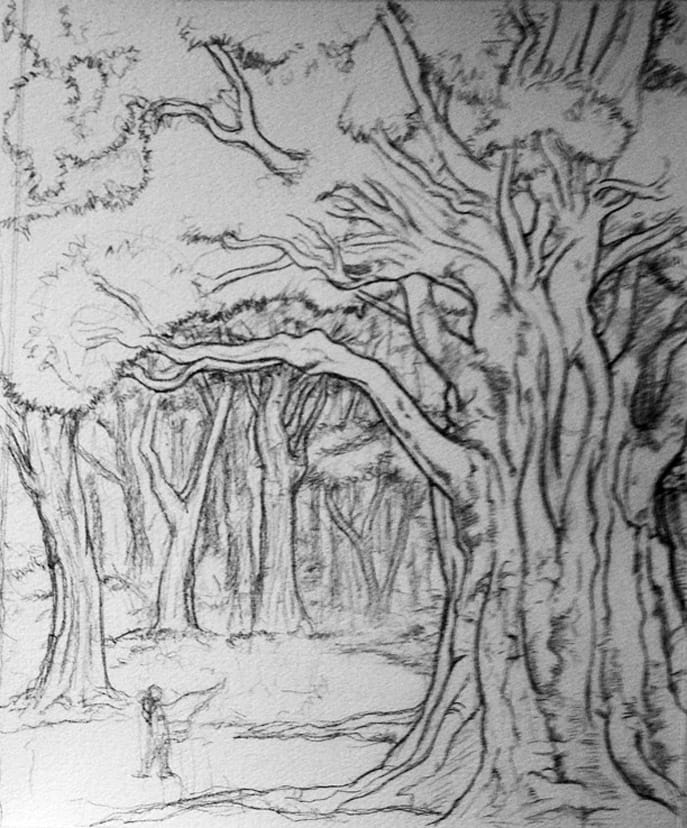 Aloha, This is Carl Angel with another Blogonaut post. In my last entry, I had said I would be discussing the process of creating the illustrations for The Girl who Saved Yesterday. My first step was receiving the manuscript and using words and scribbles together just to make sure you come out of your enchanted forest of ideas with as little of your gold turning into ash as possible. After reading the manuscript numerous times, I tend to explore the composition from various angles. This may lend to a more cinematic aesthetic, but for me it helps me inhabit the world of the book, and to surround myself and to see it in my head in three dimensions. How does one scene follow another organically while expanding on the text? Every element should have a place of significance, and there is a constant relationship between what is prominent in the image and what is surrounding it. Sometimes, the design of the characters themselves can present a challenge in the composition. With Yesterday, for instance, I had the trees and the character of Silence, the book's heroine, in numerous scenes together, which required a sense of scale in the scene as well as intimacy, so it was interesting to see what I could come up with for the design of the trees as characters without obvious comparisons to Brian Froud and his work on The Lord of the Rings. At first the idea was to have the trees have no features at all, and to let the enormous size of the trees and the shapes of their branches dictate their ancient character, but in trying to accommodate for that and for the scale in comparison to Silence to have any kind of effect, I found myself composing the scenes in such a way that they were “wide shots,” therefore lacking any intimacy, and this wasn’t the quality I wanted for these trees with names like Wonderboom and Thundercloud, that had raised Silence and loved her as their own. I had to give them an intimate human quality that was yet cosmic and mythic in nature, and found that by basing their faces on the inspired form of African masks. By doing that, they still retained a mysterious quality rooted in culture, yet with human characteristics so I was able to compose the scenes in a more intimate manner, by having the scale of their faces be the contrast to Silence’s size rather than their entire form. It was such a simple, obvious idea, but for some reason it eluded me for the first round of sketches, and it affected all my spreads afterwards, because that would decide how Silence was going to be featured in the other spreads. Having the basic idea of what the trees were going to look like was what finally enabled me to go forward with a sequence of images that I felt would complement Julius Lester’s words. I’m surprised how long I had to circle the wagons just to arrive at such an obvious solution. It does help to have wonderful collaborators, of course. With Creston Books, Simon Stahl was my art director and provided great advice that steered me in the right direction. Having spent a lot of time art directing other illustrators myself, it’s invaluable to have another artist in that role who understands the visual vocabulary. In terms of the relationship between the collaborators, I sometimes see it as similar to a musical collaboration — I look at the writer as the vocalist, the illustrator as the featured soloist, the designer/art director as the rhythm section, and the editor as the music producer, making sure all the elements are working together in relationship to each other. Of course, It still doesn’t solve how frustrating the process can be when the search for new ideas seems to lead nowhere, but it helps to have friends on that journey. It hasn’t changed for me since even before I started in this business. I still fumble around and look at other narrative mediums for inspiration and then go back to scribbling just to see what sticks. By this point I would think I had developed a sure method of idea generation, but it’s still the same, humbling process of giving myself over to whatever’s available and trying to see the potential that can come of it. It’s like when you go to sleep, dream of an idea, wake up early to write it down, go back to sleep thinking you’re a genius , then wake up later and read it again only to find your subconscious seems even dumber than your waking mind…! The other end of this, I guess, is that it just makes the end result sweeter when after all your efforts you’ve finally put together a great sequence of images that do justice to the story, and that you’ve created something that you can truly be proud of.  Carl Angel is a visual artist who enjoys creating and participating in narrative and storytelling in various forms—be it commercial illustration, children’s books, or book design. He grew up in Honolulu, Hawaii before attending California College of the Arts and Academy of Art University. Angel is the illustrator of numerous books, including Lakas and the Manilatown Fish, Sky High: The True Story of Maggie Gee, and, most recently, The Girl Who Saved Yesterday. He lives with his wife and son in Burbank, California. http://www.carlangel.com/ You can also follow Carl on Facebook, twitter, and instagram. This month I’ll share some characteristics of honorable stories as I continue the theme of “Achieving the Honorable in Children’s Literature.” I’ll include some examples of honorable books, including a few of my readers’ favorites. Thank you Jenny and Janine for contributing. Honorable – good, high-minded, worthy, just. Every child, every person, in their deepest heart, wants to achieve the honorable. Storytellers can help guide toward this goal. It's helpful to keep characteristics of honorable stories in mind as we write. Here are five. 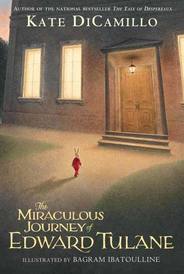 2) The story is meaningful, often in different ways, at different stages in life. Kate DeCamillo’s books come to mind here. We could read them again and again and always find something new. Eleanor Cameron expresses the difference between trends and lasting value in The Green and Burning Tree. She wrote, “We all know that a story with heart is one we will come back to again and again. And often we will read the story as a child, then a teenager, then as an adult, and each time, we will be nourished more or in a different way by the story.” That doesn’t happen with trendy stories. As well, books that make use of bawdy, crude language for a short-lived laugh have no depth or lasting power. 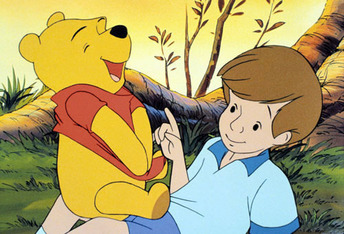 3) The stories often merge the ordinary with the extraordinary. When Christopher Robin asks Pooh what he likes doing best in the world, Pooh says, after much thought, “What I like best in the whole world is Me and Piglet going to see You, and you saying ‘What about a little something?’ and Me saying, “Well I shouldn’t mind a little something, should you, Piglet’ and it being a hummy sort of day outside, and birds singing.” Being with friends. Birds singing. Hummy, joyful feelings. These are seemingly ordinary things, but they aren't really. Really, they are everything. Children are experts at seeing the extraordinary in what we adults consider ordinary. We as writers have a responsibility to support them in seeing and finding these extraordinary moments.
5) They have an inner and an outer journey. I always try to put both an inner and an outer journey in my stories, so I’ll share two of my own stories for this characteristic. In my first book Heart of a Tiger, we follow a small kitten from a plantation into the dangerous jungle. An outward journey! But there’s an important inner journey going on too. Little Four is shy, timid, and afraid of almost everything. Yet inside, he has a big dream – to give himself a name as magnificent as the Bengal Tiger’s on his Naming Day. We see the process of our hero, Little Four: having a dream, finding an honorable and wise mentor in the Bengal Tiger, and, the hardest part, taking action to make his dream come true. Lost. Found. is the story of Bear, who loses his red scarf during a walk in the woods and the different animals who discover it and use it in a variety of ways. An outer journey. The inner journey rbegins when all the animals start fighting over the scarf and it becomes unraveled. Sadness prevails until Bear leads them to a cheery fire where they knit the scarf together again, becoming part of a friendly community of sharing and caring. Ideally, honorable books nourish the inner child. I agree with Maria Tater, the chair of Folklore and Mythology at Harvard, who believes “Children today get an unprecedented dose of adult reality.” It's true that the history of children’s books is filled with dark material. Mother Goose poems were political and not only gloomy, but gruesome in parts. The Brother Grimm’s tales were…well grim. Playground chants through the years have often been rude and bawdy. But I’d hoped we’d progressed over the decades. Sadly, some children have unfortunate, even tragic, lives. These children need to know they are not alone in their misfortune. Books are one way to show them this. But how do writers accomplish this? There’s an art to sharing the dark side of life, particularly with children. Consider these questions: *How dark do picture books have to be to reflect those sad lives, so those children can relate to them? *What about children with happy family lives? Should these children be subjected to reading dark books at age 5 or 6 or 7 about subjects they have no knowledge of? Some would say our stories must reflect the reality of the world. I would humbly offer that instead they must reflect a better world. Writers have a responsibility, not just to their editor or their publisher but to their readers. Their responsibilities are to question, to show the truth to the best of their ability, to find insights into the world and ourselves, to show wonder and goodness, because children should be filled with wonder, that feeling of surprise and admiration caused by something beautiful or remarkable. I don’t think you can be filled with wonder, if you’re afraid. The best stories give us a deep well of wisdom where we can find peace. Consider what books with mean spirits do to a joyfully developing psyche. Do they make children empathetic or do they make them afraid, untrusting, and perhaps even lead them into a mean-spiritedness that wasn’t there before? Graham Greene’s words seem a fitting ending. “Perhaps it is only in childhood that books have any deep influence on our lives….In childhood all books are books of divination, telling us about the future……and they influence the future.”  Marsha Diane Arnold is an award winning writer whose latest book Waiting for Snow is about a very impatient Badger with very honorable friends who stand by him as he learns to wait. by Bryan Patrick Avery It’s December, and I’ve been invited to a holiday party hosted by and for local magicians. We’ve all been asked to bring both a dish and a trick to share. This means I’ve been working this week on a new effect for the party. I’ve chosen a sponge ball effect where four balls, three green and one red, vanish from my hands and, one by one, appear inside a top hat held by a volunteer. I’m still working on the patter to give the trick a universal holiday theme and that got me thinking about this month’s topic, magical stories about holiday celebrations. I was exposed to one such book not long ago. “The Little Christmas Elf”, written by Nikki Shannon Smith and illustrated by Susan Mitchell, is the delightful story of Nina, the smallest elf in Santa’s workshop. When Nina fails to complete her toy (a stuffed bear) in time for Christmas, Santa Claus encourages her to finish it anyway. Nina keeps working and finishes the bear. Her perseverance pays off when Santa ends up without a gift for a newborn baby and Nina and her bear save the day. Smith’s charming story, and Mitchell’s lovely artwork make this a magical holiday story. More miraculous than magical is Tomie dePaola’s “The Night of Las Posadas”. Set in Santa Fe, it depicts the tradition of Las Posadas, a procession commemorating Mary and Joseph’s search for shelter before the birth of Christ. When Lupe and Roberto, who are set to portray Mary and Joseph in the procession, are trapped in the snow and unable to attend, a couple no one knows agrees to stand in for them. It is only after the procession, when the mystery couple disappears, the Sister Angie sees the wet footprints leading to a statue of Mary and Joseph in the church and realizes it was they who led the procession. I’ve written before about the power stories have to enlighten and Tomie dePaola’s beautiful tale is no exception. Of course, not all holiday books are set during Christmas. Maha Addasi’s “The White Nights of Ramadan”, illustrated by Ned Gannon, tells the story of Noor, a young Muslim girl celebrating the festival of Girgian during the month of Ramadan. As she goes from preparing for the festival (decorating bags to collect treats) to delivering a food basket for the poor with her grandfather, Noor reflects on the meaning a Ramadan, sharing with those in need and spending time with family. It is truly a touching story with a universal message.
As I get back to working on my holiday trick, I’d encourage you to check out one (or all) of these books this holiday season. For me, there’s a universal message of love, caring and community in many holiday stories and these are shining examples. Have a magical holiday! |
Meet the Friday Blogonauts
First Fridays will feature Bryan Patrick Avery, published writer , man of mystery, and professional magician among other things.
Second Fridays will feature awesome multi-award winning author Marsha Diane Arnold who will be writing about character-driven and/or nature-based books and/or anything she likes :) Third Fridays will feature independent Aladdin/Simon & Shuster editor Emma Sector who has helped bring many books into the world. Fourth Fridays will feature the great Christine Taylor-Butler who has published over 70 award-winning fiction and non-fiction and nonfiction books including the acclaimed new middle grade series - The Lost Tribes. Fifth Fridays will feature the fabulous Carl Angel award-winning multi-published Illustrator and graphic designer. Join our Tribe
and receive 7 Steps to Creative Happiness, access to free webinars, and lots more!
Your email addresses are always safe and respected with us. Follow our Blog!
Archives
January 2019
Categories
All
|
|
Discover
|
About Us
|
Join Us
Join our Community and receive a fabulous free gift, KidLit tips, newsletters, scholarship info, contests, and more!
Join our KidLit Clubs |
Social Media
Interact with our FaceBook Group or follow us on:
|
© 2010-2024 All content on this website is copyrighted. Sorry, all courses are non-refundable.
